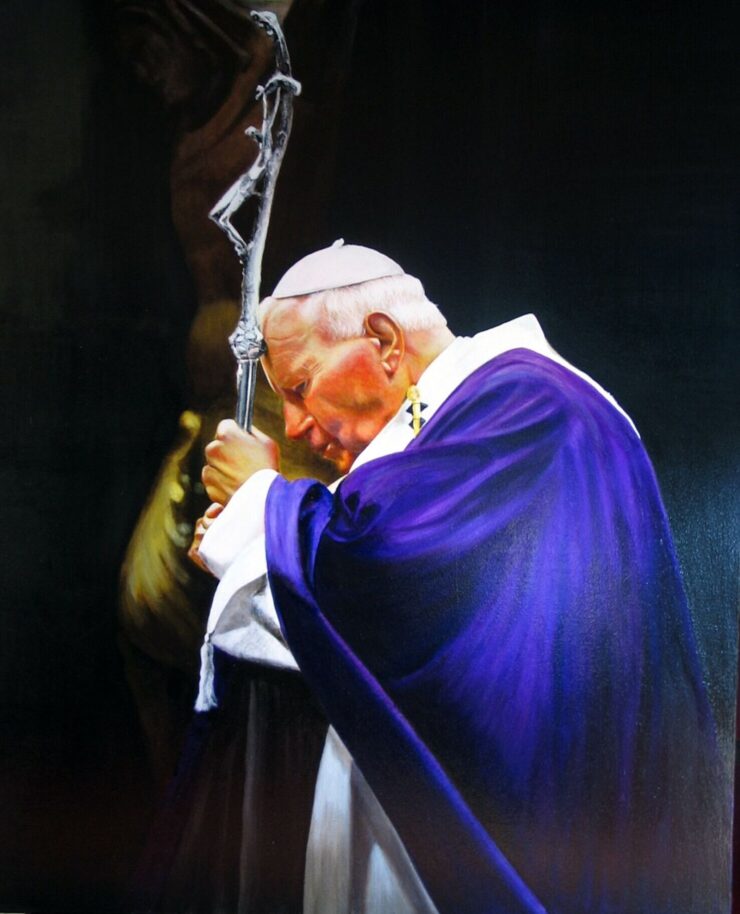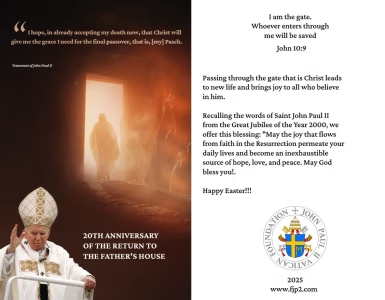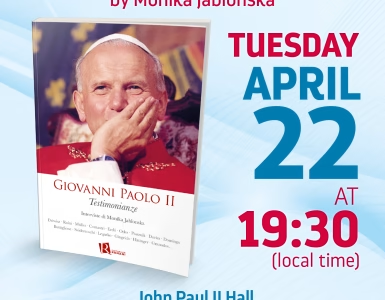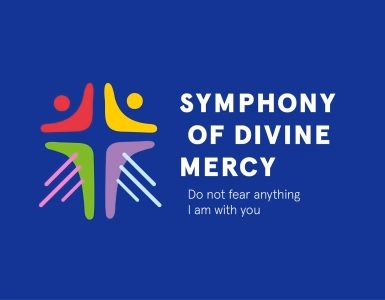I felt his time was coming. The Lord was calling him to himself… On Easter Sunday, the Holy Father wished to at least give the blessing “Urbi et Orbi”. He prepared himself carefully for this, a moment earlier he tried to repeat the words of blessing and it seemed that everything would be fine. But then, after Cardinal Sodano’s speech, which was read on the Square, the Pope, standing in the window, whether as a result of emotion or suffering, was unable to give his blessing. He whispered, “I have no voice” and then, in silence, he made a triple sign of the cross, greeted the multitude of believers, and with a gaze he made to us, we understand that he wanted to move away from the window. He was deeply moved, embittered, and exhausted by futile effort. The people on the Square, touched, applauded, were chanting his name, and he felt the full weight of his powerlessness and suffering. He looked me in the eye: “It would probably be better for me to die if I could not carry out the entrusted to me.” I wanted to answer, but he added, “Be Your will… Totus tuus.” It was not an expression of resignation, but of submission to God’s will. On Wednesday, March 30, the Holy Father appeared again in the window. On the square there were five thousand young people from the Archdiocese of Milan who came to profess their faith. We thought he should only give blessings. But when he did, he made a decisive sing with his hand to bring the microphone closer to him. He wanted to say a few words. Even, just one word. Just to say thank you. But, no sound came out of his mouth. Moving away from the window, he no longer had on his face the expression of powerlessness that could be seen on Easter Sunday. He already knew he was ready. The next day, around 11 a.m., he celebrated Mass in the chapel. At one point, we felt like something was tearing his body from the inside. The fever reached forty degrees. Doctors immediately made the diagnosis that there was a very serious septic shock combined with cardiovascular collapse, caused by urinary tract infection. This time there was no question of hospitalization. I reminded Professor Buzzonetti of the Pope’s clear wish not to go back to the hospital any more. He wanted to suffer and die at home near St. Peter’s Tomb. Also at home, doctors were able to provide him with the necessary care. John Paul II found himself in his room. On the wall in front of the bed hung a picture of a suffering, tied up Christ. Next to the image of Our Lady of Częstochowa. On the table a photo of parents. At the end of the Mass I celebrated, we all walked up and kissed his hand. “Stasiu” – he said, stroking me on the head. Then, it was the turn of the sisters running the house, which he called all by name and finally there was a turn for doctors and paramedics.
With the consent of Cardinal Stanisław Dziwisz – “Testimony”.
TBA marketing communication Publishing House. Warsaw 2007





